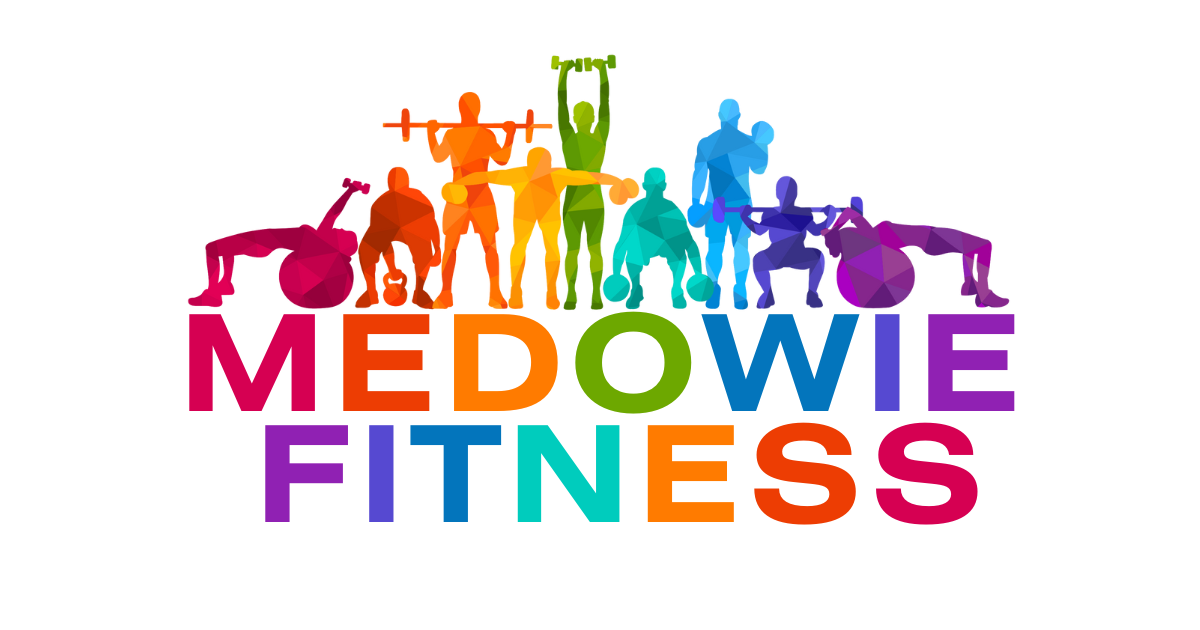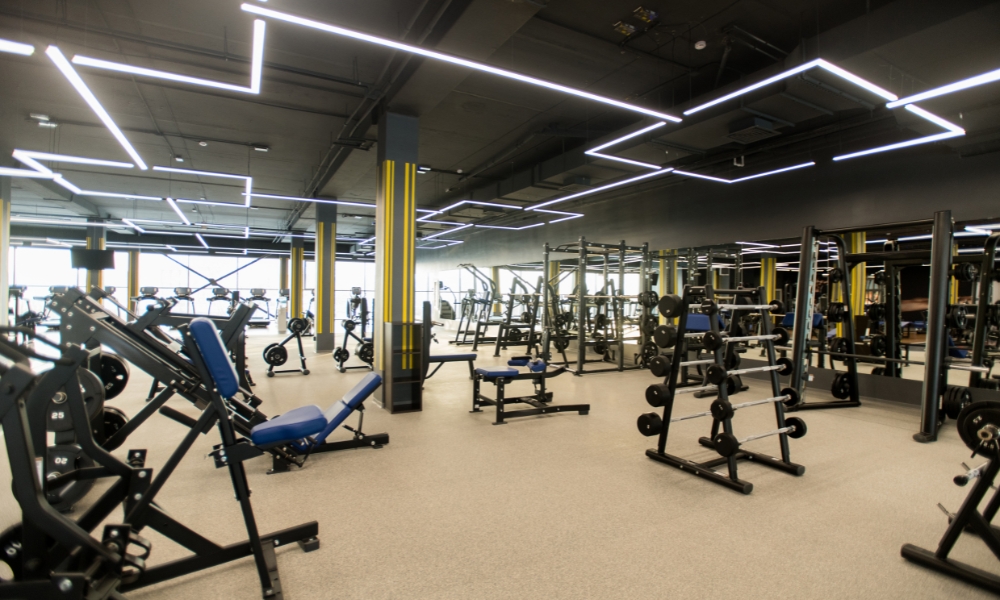As we age, staying active becomes even more important for long term health, independence and quality of life. While many people focus on strength or cardio, mobility training is often overlooked. The truth is, mobility is one of the most valuable components of healthy ageing because it supports movement, reduces pain and improves daily function.
This guide explains why mobility training matters, what’s t involved and how it can help you stay strong, flexible and confident as you get older.
What Is Mobility Training?
This type of training focuses on improving the range of motion in your joints while helping the body move smoothly and without restriction. It combines controlled movements, stretching, breath work and stability exercises to improve how your body performs simple everyday tasks.
Unlike flexibility alone, mobility also includes strength and control. It teaches your joints to move through their full range safely, which is especially important as the body naturally tightens and stiffens over time.
If you want to explore structured classes designed for healthy ageing, you can learn more about mobility sessions through the mobility training program offered locally.
Why Mobility Training Matters as You Age
Reduced Stiffness and Tension
Ageing often brings tight hips, shoulders and lower back pain. Mobility work helps loosen restricted areas, so movement feels easier and more natural.
Improved Balance and Coordination
Falls may become more common with age. Training strengthens the smaller stabilising muscles that help you stay steady and supported during everyday tasks.
Better Posture
Years of sitting, lifting or repetitive movements can create poor posture. Regular training encourages healthier alignment and helps correct imbalances.
Greater Strength for Daily Tasks
Reaching, bending, walking and lifting all rely on joint health. When joints move well, strength exercises become safer and more effective.
Reduced Risk of Injury
Restricted joints force the body to compensate, which can lead to strains or overuse injuries. Keeping active and your body moving, can help to protect your muscles and joints.
Improved Circulation and Recovery
Gentle mobility work boosts blood flow to muscles and connective tissues, helping with recovery, joint health and overall wellbeing.
Signs You May Need More Mobility Training
You might benefit from regular mobility sessions if you notice:
- Stiffness when you wake up.
- Difficulty bending or reaching.
- A reduced walking stride.
- Tight hips from long periods of sitting.
- Joint pain during exercise.
- Balance concerns or instability.
These are common signs that your joints need more attention and support.

How Often Should You Do Mobility Training?
A small amount of mobility work goes a long way. Many people find that two to three focused sessions per week are enough to see improvements in movement, posture and comfort. Mobility can also be added to warmups, cool downs or rest days.
Keeping Your Body Moving Well as You Age
Movement and training is essential for healthy ageing. It keeps your joints moving freely, improves strength and stability, reduces pain and allows you to remain active and independent for longer. Whether you are new to exercise or already train regularly, adding mobility work can make your body feel better and move better at any age.




